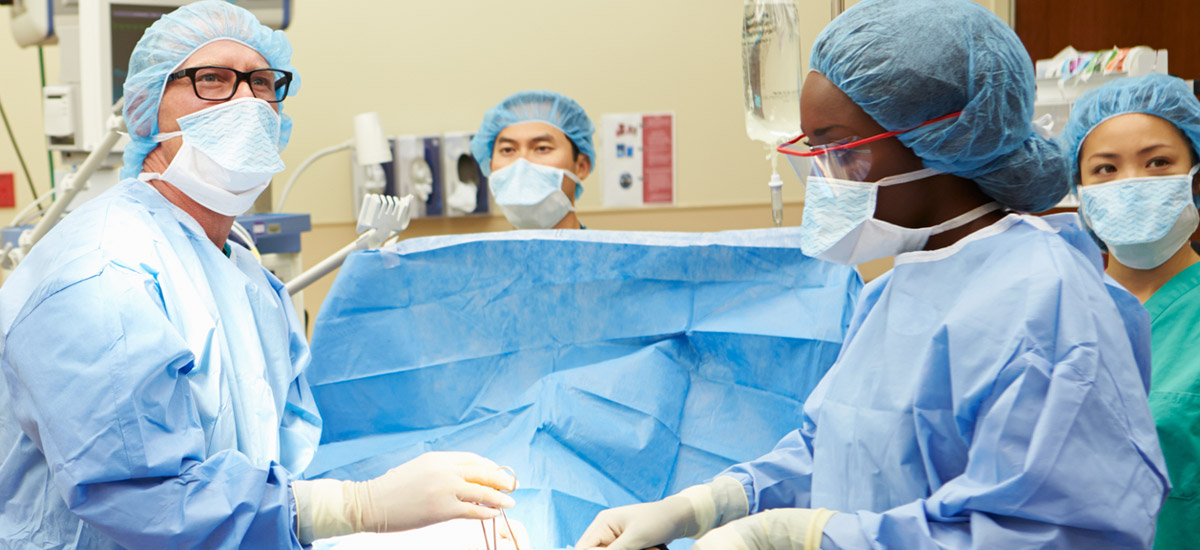A peripheral catheterization, or a peripheral angiogram, is a procedure performed to evaluate for abnormalities or blockages in the blood vessels outside the heart, such as the arms, legs, or neck. The procedure is typically performed in patients with peripheral artery disease symptoms (“claudication”) resulting from poor circulation and/or abnormal wound healing.
Understanding the Peripheral Angiography Procedure
A long, thin, flexible tube, called a catheter, is typically inserted into the leg or arm through a tiny incision (typically less than one-tenth of an inch) at the skin surface. These catheters are then positioned into the blood vessels of interest. Contrast dye is injected through the catheters and X-rays are taken of the blood vessels. Detailed information is obtained by visualizing the flow of contrast dye within these blood vessels.
Due to its minimally invasive approach (very small incision at the skin surface), peripheral catheterization is usually well-tolerated without significant patient discomfort. The patient is required to lay flat on his/her back for the duration of the procedure. Routinely, lidocaine is injected at the skin surface to numb the skin, and tiny catheters are then inserted. Since there are no nerves inside the blood vessels, the patient typically does not feel the catheters inside the body once inserted. Sedation medications typically are provided to the patient before and during the procedure, however, it is much safer for the patient to have this procedure performed while awake with minimal sedation as opposed to under general anesthesia with use of a breathing tube.
